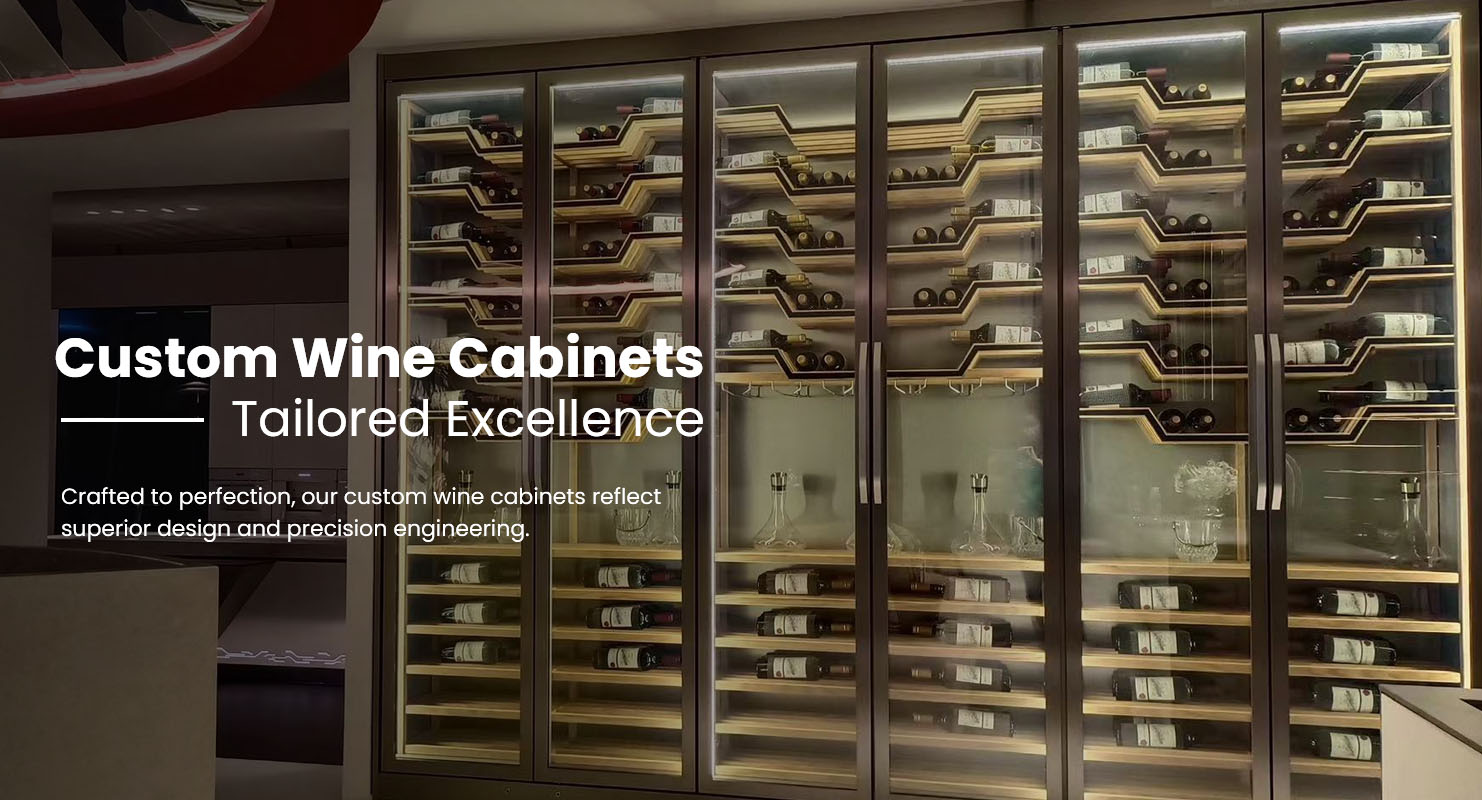How To Fix Noisy Wine Cooler
A Wine Cooler is designed to run quietly — typically between 35–45 dB, about the same as a soft conversation. If yours has become unusually loud, rattly, or humming constantly, that’s a sign something’s wrong. The good news: most noise issues are simple to diagnose and easy to fix.
1. Identify the Type of Noise
Different sounds point to different problems. Start by listening carefully:
| Noise Type | Possible Cause |
|---|---|
| Humming or buzzing | Compressor running or vibration against nearby surface |
| Rattling or knocking | Loose shelves, bottles, or components |
| Gurgling or dripping | Normal refrigerant flow or condensation |
| Whirring or clicking | Fan obstruction or thermostat cycling |
| High-pitched squeal | Dirty fan bearings or motor issue |
Understanding what kind of noise you hear helps narrow down the source.
2. Level the Cooler Properly
A wine cooler that isn’t level can vibrate excessively or cause the compressor to work unevenly.
How to fix:
Place a bubble level on top of the unit.
Adjust the front leveling feet until the cooler stands evenly on all sides.
Make sure all four feet touch the ground firmly.
Tip: For tile or wood floors, use rubber anti-vibration pads under the legs to absorb sound.
3. Check for Loose Shelves or Bottles
Often, the loud rattling comes from bottles vibrating against one another or metal shelves not seated properly.
How to fix:
Space bottles evenly and leave small gaps between them.
Remove shelves, then reseat them securely on their tracks.
If metal shelves vibrate, place thin silicone pads under the rails.
Avoid overloading shelves — this can cause slight bending and persistent vibration.
4. Inspect the Internal Fan
Most wine coolers, especially compressor-based models, use a circulation fan to distribute cool air evenly. Dust or debris on the blades can make a whirring or scraping sound.
How to fix:
Unplug the wine cooler.
Remove the back panel or interior guard (check manual).
Clean fan blades gently using a soft brush or compressed air.
Reassemble and test the fan for smooth, quiet rotation.
If the noise persists, the fan motor bearings may be worn — replacing the fan module is usually inexpensive.
5. Move the Cooler Away from Walls
Vibration can amplify if the back or sides of the cooler touch another surface.
How to fix:
Move the cooler at least 5–10 cm (2–4 inches) from walls, cabinets, or appliances.
Check that power cords or pipes aren’t pressing against the frame.
Ensure no decorative panels are rubbing the cooler housing.
6. Clean the Condenser Coils
A dirty condenser coil can cause the compressor to overwork, leading to loud humming or clicking noises.
How to fix:
Unplug the cooler.
Locate the coils (usually on the back or bottom).
Use a vacuum brush attachment or soft brush to remove dust buildup.
Plug the cooler back in and listen — the compressor should run more smoothly.
Regular cleaning every 3–6 months keeps the unit efficient and quiet.
7. Check the Compressor Mounts
Over time, the rubber mounts holding the compressor in place can harden or loosen, transferring noise to the cabinet frame.
How to fix:
Inspect the compressor area (behind the back cover).
Tighten any loose screws or brackets.
If rubber mounts are cracked or stiff, replace them.
Note: Compressor noise that cycles on/off is normal — it should not be constant or metallic.
8. Ensure Proper Ventilation
Poor airflow can make the cooler run louder and longer.
How to fix:
Keep ventilation grilles unblocked — especially on built-in models.
Maintain 5 cm clearance around the sides and back.
Avoid enclosing freestanding units in tight cabinetry.
Winton’s front-vented coolers are engineered for quiet built-in operation, minimizing overheating and fan noise.
9. Check for Normal Operational Sounds
Some mild noises are completely normal, such as:
A soft hum from the compressor.
Gurgling as refrigerant moves through coils.
Clicking as temperature sensors activate or defrost cycles start.
If the sound is rhythmic and not excessively loud, your wine cooler is functioning properly.
10. When to Call for Service
Seek professional help if:
Noise is constant and loud even after cleaning and leveling.
The cooler vibrates excessively or leaks.
Cooling performance drops (temperature not stable).
You hear metallic scraping from inside the compressor.
Most repairs are minor, but if the compressor is failing, replacement may be necessary.
11. Why Winton Wine Coolers Stay Quiet
Winton Wine Cooler integrates advanced noise-reduction design to ensure quiet operation even in high-capacity models:
Low-vibration compressors mounted on soft suspension.
Whisper-quiet EC fans for air circulation.
Stainless steel body with acoustic insulation to absorb sound.
Precision temperature sensors that reduce compressor cycling.
Balanced shelving that minimizes bottle movement.
This makes Winton coolers ideal for home kitchens, restaurants, and wine bars — combining powerful cooling with near-silent performance.
✅ Summary
If your wine cooler is noisy, check the leveling, fan, shelves, and ventilation first — these fix most issues instantly. Regular cleaning and proper placement prevent vibration and compressor strain.
Quick checklist:
Level the unit and add vibration pads.
Tighten shelves and space bottles evenly.
Clean fans and condenser coils.
Keep proper airflow around the cooler.
If all else fails, contact a technician or your manufacturer’s service center.
Winton Wine Coolers are built to stay quiet, stable, and efficient — so your wine ages peacefully while your home stays serene.
Silent performance. Lasting preservation. Crafted by Winton.
Previous: How To Fix Wine Cooler Not Cooling


